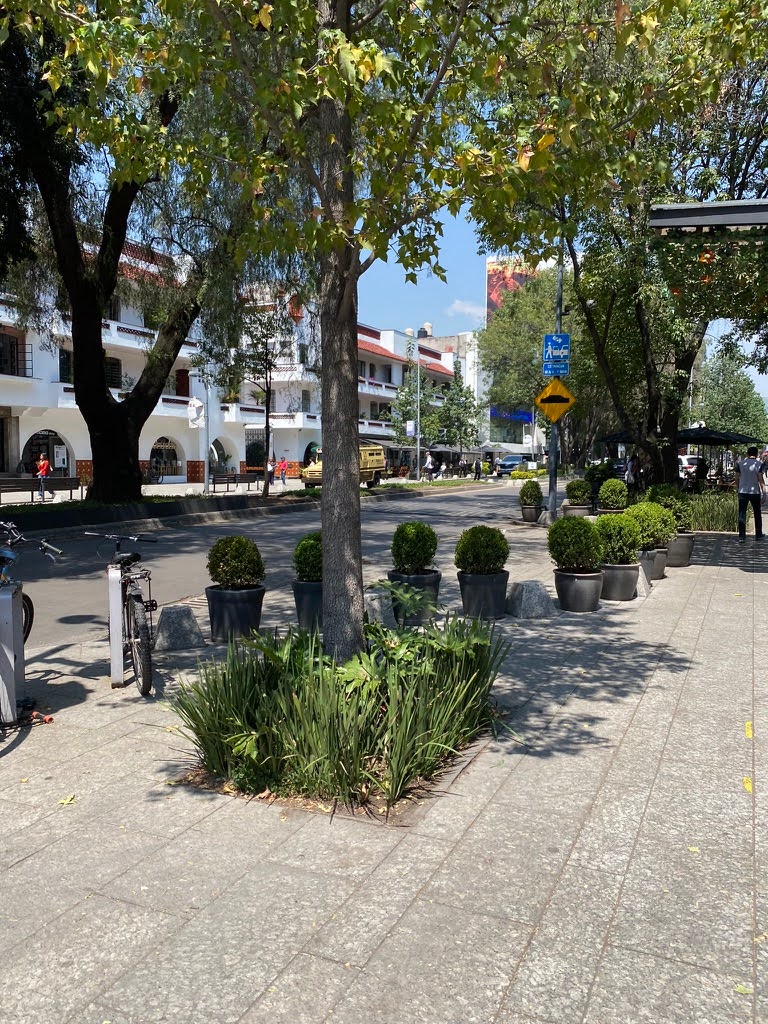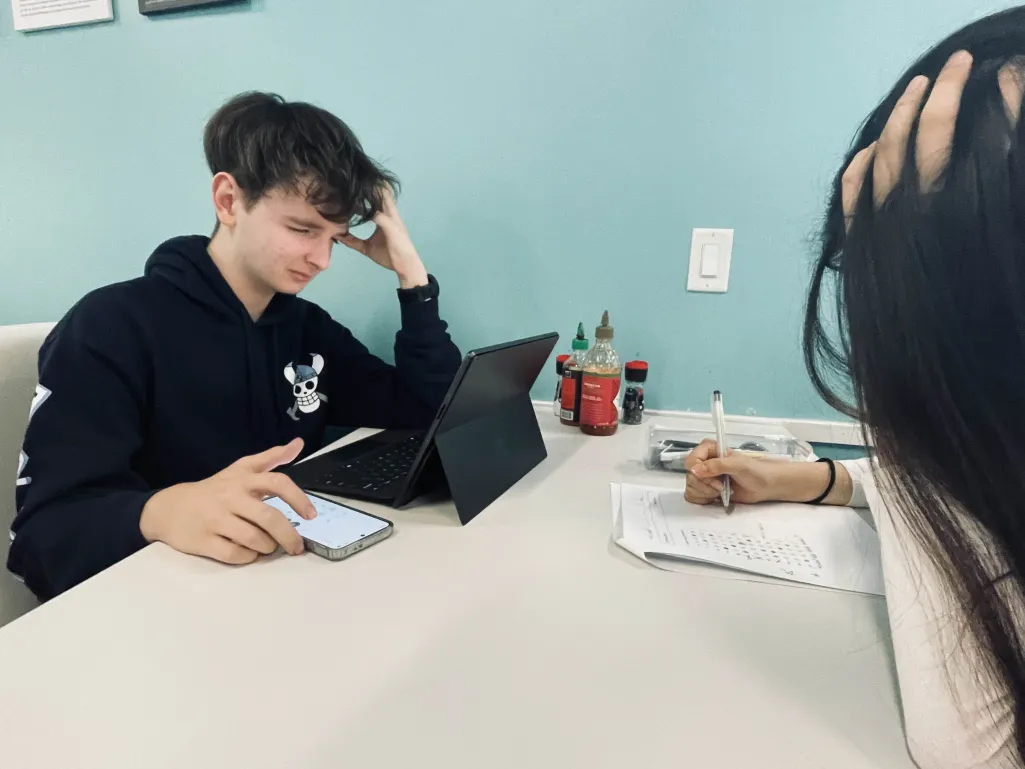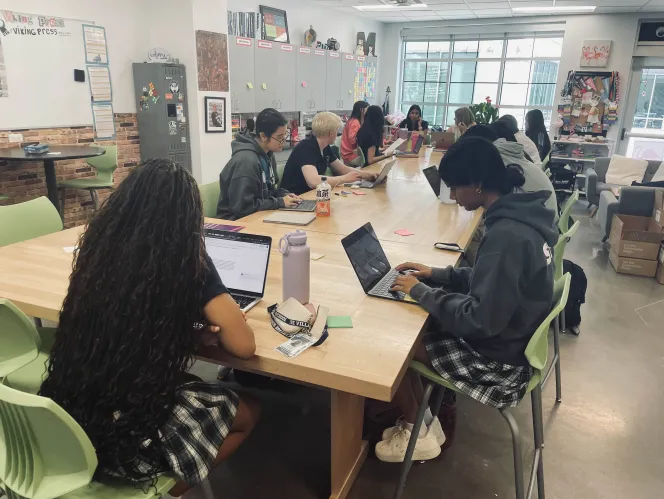After COVID-19 stopped the world, the format of remote working was introduced. This interesting job normality has undergone a hybrid layout and is becoming increasingly relevant. With people working from home, their homes are transforming into anything, from working at the beach or at a social gathering, it is still possible to fulfill your professional duties remotely. Enabled by remote work opportunities, individuals from affluent nations are increasingly drawn to cities like Mexico City, in search of a lower cost of living and a higher quality of life. While these choices benefit foreign workers economically, they also leave a place for issues of displacement and inequality within local communities.
With its vibrant culture, affordable cost of living and improving infrastructure, Mexico City has emerged as an affordable and different choice for remote workers, particularly from the United States. From 2019 to 2022, the number of Americans who applied for or renewed residency visas surged by about 70%, a critical amount considering the overpopulation problems the Mexican capital has been undergoing for the past 10 years. Drawn by the allure of a cosmopolitan city at a fraction of the cost, many Americans are relocating to Mexico City, leveraging their higher income from abroad to live comfortably while enjoying the benefits of a lower cost of living.
The appearance of affluent foreign workers has contributed to the gentrification of certain neighborhoods within Mexico City. The cultural erosion that comes with this prominent issue has been the disappearance of spicy sauces in Mexican restaurants, comments from American immigrants towards the food have drawn them to adapt to their preferences, rejecting the elements of their own culture and adapting to theirs. “I’ve never been as shocked as I was when I went to my usual Taco stand,” said Tamara Valdes, a resident from Mexico City, “When I asked them if they had a more spicy option, they said no.” As affluent newcomers move in, local businesses catering to the needs of the original inhabitants are now being replaced, neglecting the essence of the neighborhood. While gentrification brought economic revitalization and improved infrastructure to neglected neighborhoods, with a present economic growth, a GDP growth between 2.8% to 3.5% compared to 2021 and an estimated 23 million pesos in gardens and parks, it also has had a profound social impact. Rising property values and rents are displacing long-time residents, many of whom belong to marginalized communities.
As Americans praise a cheap and healthy lifestyle in comparison to the lives they had in the US, we see a contrast in the Mexican population. Statistics show that 76% of Mexico’s population lives in poverty and all the resources and places to live that offer a decent lifestyle are no longer targeted or available to the Mexican population and now belong to the American immigrants who are willing to pay an inflated rent. Many cities in Mexico are going through a housing affordability crisis due to the massive amount of remote workers relocating to the Mexican capital. According to the New York Times, median rent prices surged from 880 USD (13,688 Mexican Pesos, already 9,000 pesos more than minimum wage) to 1,080 USD a month, expat-filled neighborhoods such as Condesa and Polanco the prices are inconsiderable for the Mexican population, at well over 2,300 USD (39,348 Mexican pesos). These prices easily relate to the levels of major U.S housing markets, even in a city where a full-time worker can make less than 300 USD monthly.
An important factor that facilitated the rising of rents and increased foreign presence is the digital housing platform AirBnB. In October 2022, in an attempt to dismay the rapidly inflated rents in the Mexican capital, Mayor Claudia Sheinbaum announced the initiative aimed at digital nomads to provide workshops to help connect local hosts with international remote workers, an initiative introduced in cities like Dubai, Buenos Aires and Lisbon. Ultimately, in January 2023, Mexico City announced its plans to regulate Airbnb in the phenomenon of neighborhoods that are now prohibitively expensive for residents. The impact of this and more factors mark a disconnect in earnings between locals and foreigners.
While economically privileged individuals choose to relocate to Mexico in pursuit of a cheaper and more liberated lifestyle, it’s important to recognize that many Mexican and Latin American immigrants are seeking to escape their own country. For them, Mexico or their country doesn’t offer the same opportunities for individual advancement and fulfillment. The attraction to Mexico City for economically privileged individuals seeking a cheaper and more liberated lifestyle cannot be denied. However acknowledging this reality is important, unlike their affluent counterparts, these individuals are not driven by a desire for adventure but rather by a pressing need to escape economic hardship, political instability or violence in their countries of origin.
As cities like Mexico City, San Miguel de Allende or Oaxaca are continuing to undergo rapid urbanization and gentrification, it is important to center the experience and needs of all its inhabitants, regardless of their socio-economic status or migratory background. In shaping policies and interventions aimed at managing the effects of gentrification, policymakers must prioritize the well-being and inclusion of vulnerable communities, ensuring that development is not pursued at the expense of displacement and marginalization.
These cities can emerge as a model of sustainable development where prosperity is shared by all. In doing so, Mexico City can fulfill its potential as a beacon of opportunity and hope for both its residents and those who seek refuge within its border. As such, any approach to urban development and gentrification must prioritize the needs and inclusion of all residents, irrespective of their socio-economic status or migratory background. With welcoming policies prioritizing social justice and community well-being, Mexico City and other rapidly urbanizing areas in Mexico can start a path toward sustainable development. There needs to be inclusive urban planning and equitable distribution of resources so these cities can fulfill their potential as opportunists and hope for both residents and newcomers alike, ensuring prosperity is shared by all.








